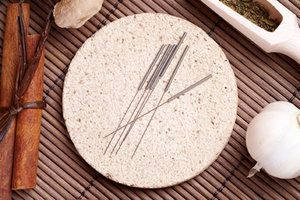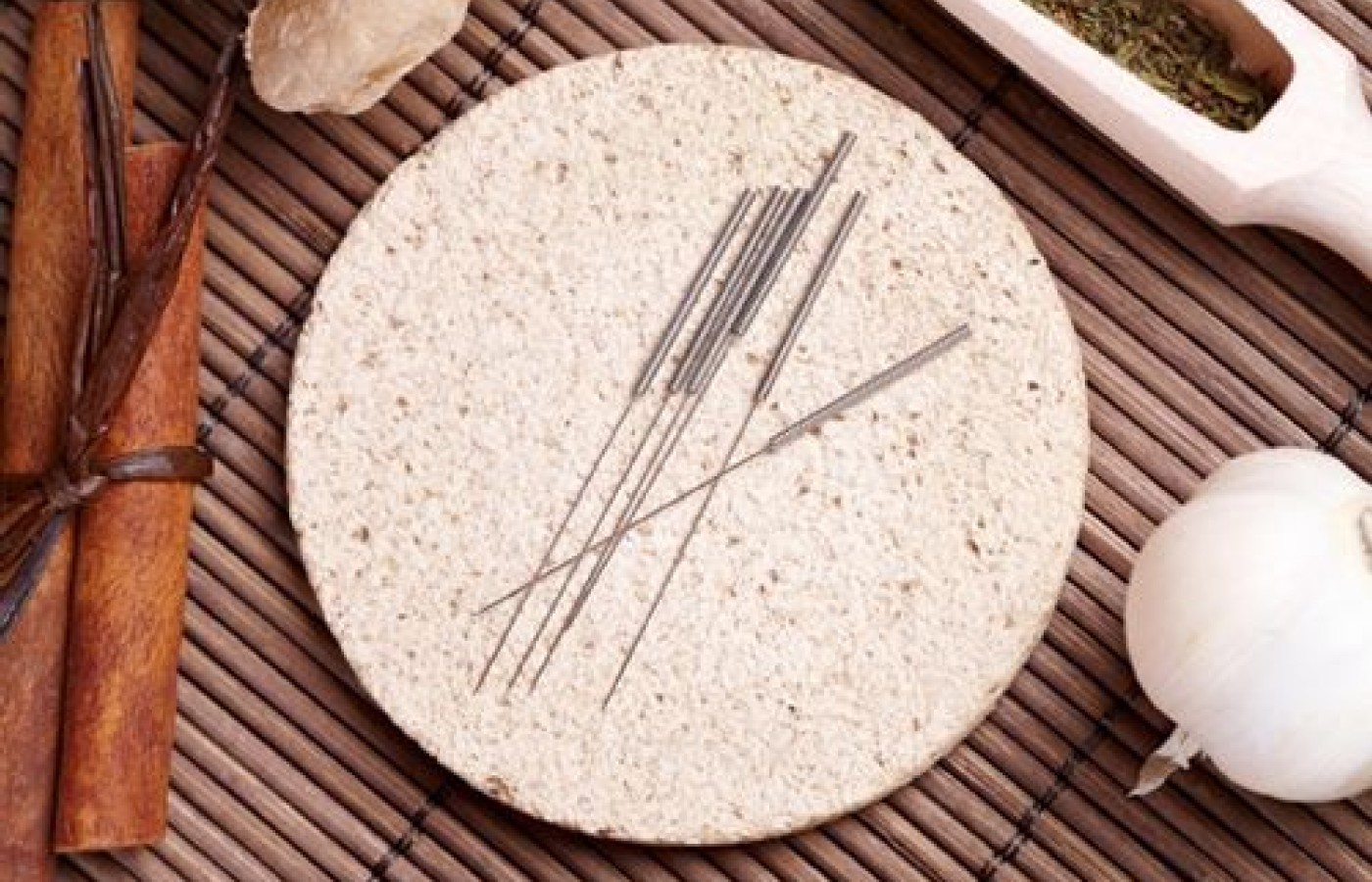Whether you accept it, avoid it or live somewhere in between, insurance coverage has become a defining issue for our profession. Patients increasingly expect to use their benefits, practitioners want to be compensated fairly for their time and expertise, and the system itself remains – at best – fragmented. The encouraging news is that coverage has expanded in meaningful ways. The challenging news is that reimbursement, across the board, remains inadequate.
Needle Sequencing: Something I Wish I'd Known Sooner (Part 2)
Editor's Note: Part 1 of this article in last month's issue explained the importance of needle sequencing and two-point combination. The conclusion will focus on point reinforcement.
Point Reinforcement
The two-point combination listed in part 1 of this article can be effective, but adding one more point to reinforce the spleen can make a significant impact in the treatment. The guideline is to end the treatment where you want to send the qi. In this case, the point combination is spleen 3, spleen 9 and then liver 13 — the source, sea and front mu points of the spleen.
By needling these points in this order there is a synergistic influence on the channel flow and a stronger therapeutic effect to move qi into the spleen. Most importantly, the last needle guides the qi exactly where you want to send it. The message of the treatment is very clear and very focused. This strategy can be applied to any of the channels/organs. For example, when there is a kidney deficiency, I commonly select kidney 3, kidney 10 and gallbladder 25.
When these points are needled in this order it creates a stimulation and circulation of qi within the kidney channel directly into the kidneys; the practitioner is now very involved in the treatment by directing qi exactly where they want it to go. The third point can be viewed in a similar way as the function of a guiding herb.

Reducing Method
The guiding principle to the reducing method is to begin in the area where the condition is located. For example, if there is liver fire, needle liver 14, and then move away from the area of the condition and needle liver 8 and then liver 2. Less is better — if liver 14 and then liver 2 is effective, use that. There are many variations to the treatment. It could also be Liver 14, Gallbladder 24 and then Gallbladder 34; Gallbladder 40 can be added or used to replace gallbladder 34. The goal is to reduce locally and then move down or away from the channel to move the pathogen and imbalance down and out. As before, do one side of the body first to get the strongest influence on that side of the channel.
Numbering Vs. Names
The Europeans created a numbering system for the acupuncture points while the Chinese used the names of the points. The Europeans based the numbering system on what is known as the daily clock (meridian clock), this is the Ying Qi cycle, which is presented in chapter 16 of the Ling Shu, The Nourishing Qi. The cycle reveals the flow of the nourishing Qi from channel to channel, from the lungs to the liver. It has become common to view this flow as the definitive way qi flows in the body.
This flow becomes the basis of the application that needling with the channel direction is reinforcing and against the channel direction is reducing. There are other views on how Qi flows. One example is the five transporting points. All the well points can be needled to stimulate the channel to flow upward to the center of the body, as well as to the head, regardless of the number of the well point, which can be number one on the channel or it can be the last numbered point on the channel. In this view, the number has no influence. The order in which the needles are inserted sets the matrix for how the channel is stimulated and the directional flow of the treatment, regardless of the acupuncture numbers.
The Treatment Flow
Understanding that the practitioner guides the treatment flow with the order of the insertion of the needles can change the nature of clinical point selection and clinical practice. This understanding merges treatment plan, intention and application. The art of clinical points selection is the key to clinical effectiveness. Rooted in classical and traditional Chinese medical theory the acupuncture channel pathways are the strongest medium for understanding how acupuncture works, and offers the link between Chinese acupuncture theory and clinical practice.
Resources
- Harper D. Early Chinese Medical Literature: The Mawangdui Medical Manuscripts. London: Kegan Paul International, 2007.
- Wu J. Ling Shu or The Spiritual Pivot. Hawaii: University of Hawaii Press, 2002.
- Twicken D. Eight Extraordinary Channels — Qi Jing Ba Mai: A Handbook for Clinical Practice and Nei Dan Inner Meditation. London: Singing Dragon, 2013.



